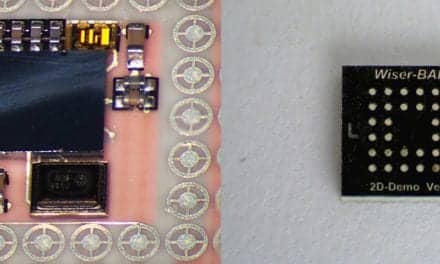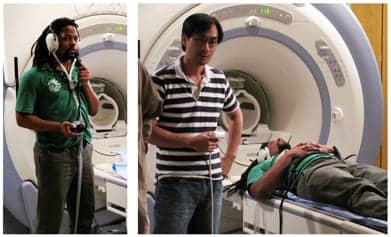Iowa City, Iowa — University of Iowa (UI) scientists have discovered that the protein harmonin may play a role in the transmission of sound information to the brain. The discovery may one day lead to a therapy for Usher syndrome.
The researchers have discovered a new role for harmonin, which is mutated in Usher syndrome, one of the most common forms of deaf-blindness in humans.
Harmonin is thought to mediate movement of stereocilia on the tips of the ear’s hair cells, which then initiates transmission of sound information as electrical and chemical signals to the brain.
“Most of the research until now has concentrated on the input end of the inner hair cells where the sound waves produce motion of the stereocilia,” said Amy Lee, PhD, senior study author and UI associate professor in the Departments of Molecular Physiology and Biophysics, Otolaryngology-Head and Neck Surgery, and Neurology. “Now we have found a new role for harmonin at the opposite end of these sound-sensing inner hair cells, where it appears to control the signal output of the cell.”
Lee and colleagues, including UI postdoctoral fellows Frederick Gregory, PhD, and Keith Bryan, PhD, found that harmonin is important for regulating the number of calcium channels present at the sound-transmitting synapse of inner hair cells.
Studies from other labs have shown that too few or too many calcium channels at the hair cell synapse cause deafness in mice. This means factors that control how many channels are available are likely to be important for normal hearing.
“Harmonin appears to precisely control how many channels are available,” Lee said. “What we think is happening in Usher syndrome, where the harmonin protein is mutated, is that there are too many calcium channels available, which causes abnormal signaling at the synapses.”
Lee added that it may eventually be possible to alter this interaction between harmonin and the calcium channels in a way that might be useful as a therapy for patients with this form of Usher syndrome.
The findings were published in the August 2011 issue of Nature Neuroscience.
SOURCE: University of Iowa




